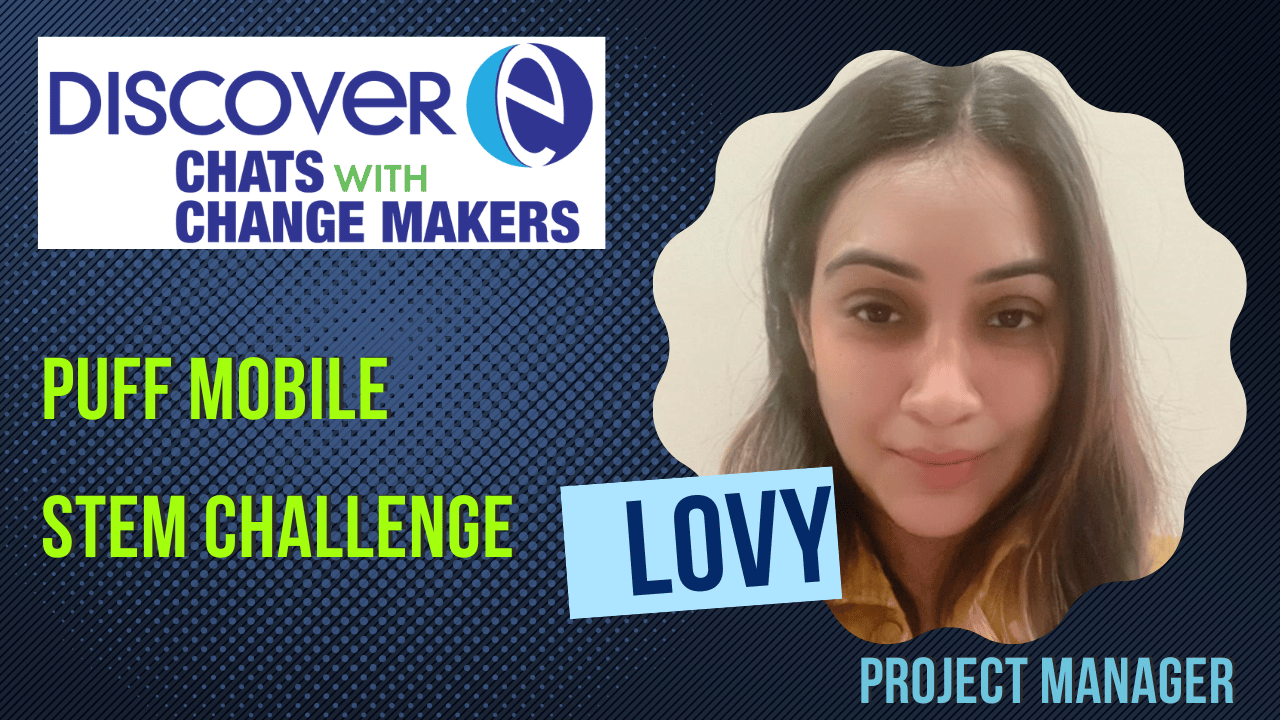Overview
STEM careers
Time
Materials
- ruler or tape measure
- scissors
- 3 drinking straws
- 4 Life Savers candies or similar
- 1 sheet of paper
- 2 paper clips
- tape
- sketching supplies for drawing possible designs
- smooth testing surface, such as a table, countertop, or hard floor
Instructions
A wind-powered car must generate as little friction as possible to move easily. (Friction is a force that slows things down when they rub against each other.) The more wind it can harness, the farther and faster it will go.
We challenge you to build a puff mobile that moves as far as possible on just one breath of air.
There are 3 constraints for this challenge (an engineering constraint is a limitation on your design):
- You can only use the materials listed (but you don’t have to use them all).
- The hard surface must be completely level—with no slope to it.
- You can only power the car with a puff from one breath full of air.
Brainstorm Designs
What makes a kite so easy for the wind to push around? What about sailboats? Sails also move with the wind; they are curved, like wings. Did you know that the pressure on the side of the sail or kite facing the wind is higher than the side away from the wind? The sail lifts, or moves, toward the lower-pressure side, and the boat moves. Search on the web for pictures of different kinds of sailboats and explore:
- What shapes are the sails?
- Where are the sails attached to the boats?
- Why do you think boats have more than one sail, and why are they different sizes?
What about the design of your puff mobile?
- How can you attach the wheels to turn with as little friction as possible
- What shape will you use for your sail(s)?
- Which vehicle shape will make your puff mobile aerodynamic? Aerodynamic shapes reduce drag (friction made from pushing through the air). Think of things designed for speed, like race cars.
Sketch a few ideas to see how you want to design your puff mobile.
Build
Put your puff mobile together according to the design you sketched…but be prepared to make changes. As engineers know, what looks great on paper may not work out once the building begins. As you build, consider questions like these:
- Which parts of the puff mobile can stay static—meaning, not move—and not create friction?
- How will you ensure the wheels are facing the exact same direction so your puff mobile rolls straight?
- How will you make sure your puff mobile is balanced so it won’t tip over?
Test
Now you are ready to see how well your design works!
- Set your puff mobile at a starting line (the edge of the counter, for example).
- Make a prediction: how far do you think your puff mobile will travel on one puff of air?
- Breathe in deeply and let out a forceful puff of air at your puff mobile. Do this a few times, each time letting the air out in a different way. Which way makes the most powerful puff of air?
- Measure the distance your car traveled with each breath of air to determine your best result.
Evaluate and Redesign
- Did your puff mobile go as far as you predicted? Do you think you could make it go even farther?
- As you think about how to improve your puff mobile, consider these questions:
- What were the challenges of trying to move the car with just a breath of air?
- What if you changed the size of your sail or the number of sails?
- What if you changed the shape of your sails?
- How might you adjust the wheels so that they spin more easily?
Make Changes and Try Again!
See if you can improve your puff mobile so that it moves farther on one puff of air.
Or change it up!
- How many puffs of air would it take to make your car move 6 feet?
- What if you could use different materials for the wheels or the sails?
- What if you used a fan instead of your breath? Would your puff mobile hold up?
Share Your Results with a Teacher, Parent/Guardian, or DiscoverE!
You can email photos to DiscoverE at social@DiscoverE.org


0 Comments